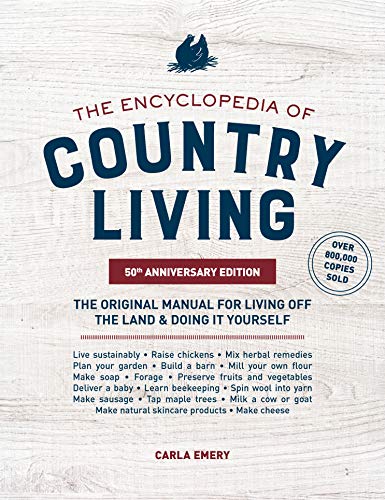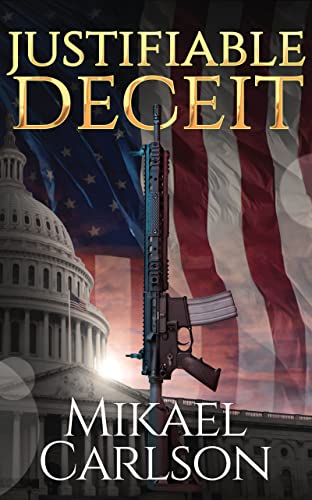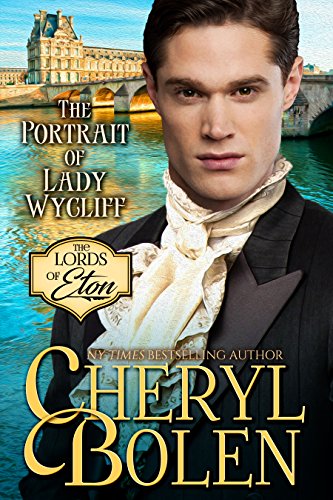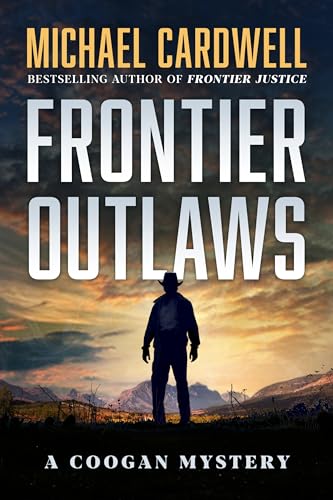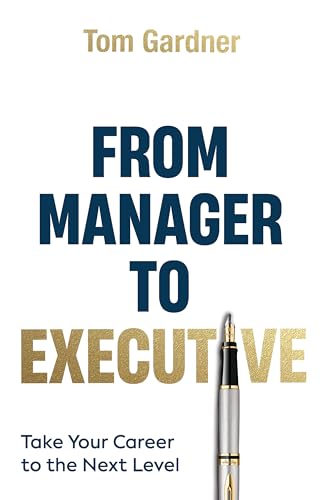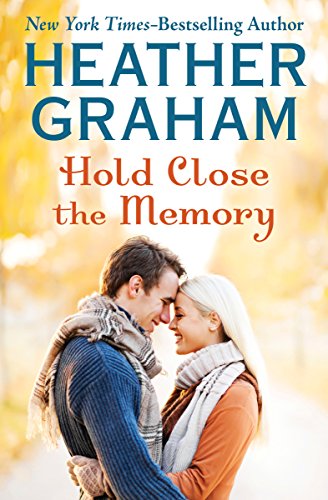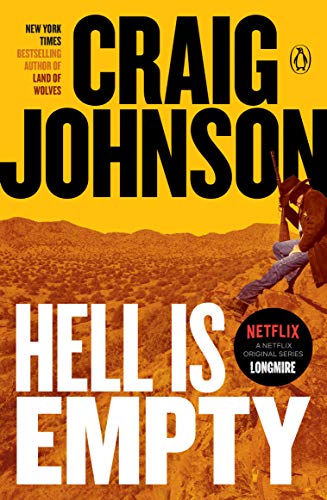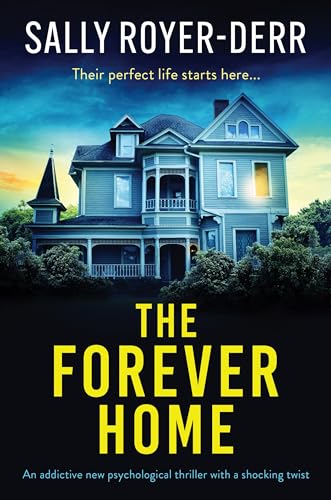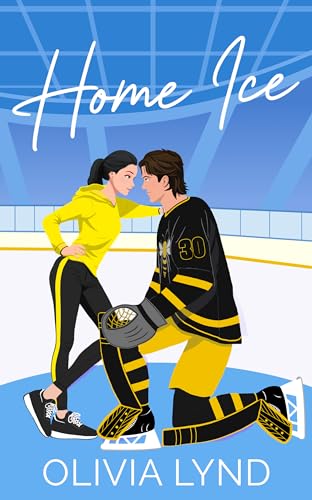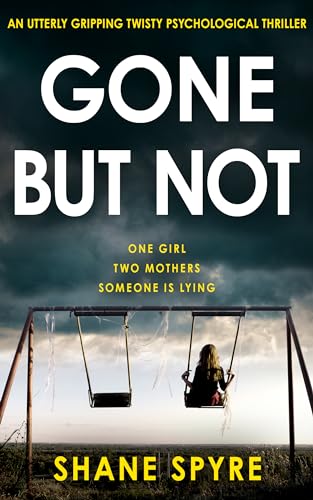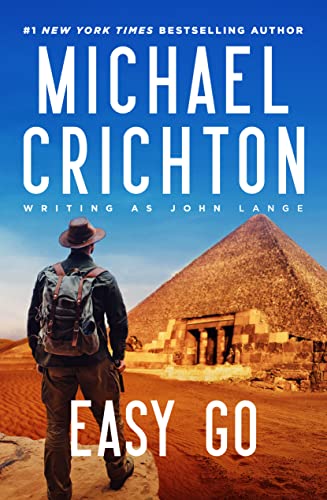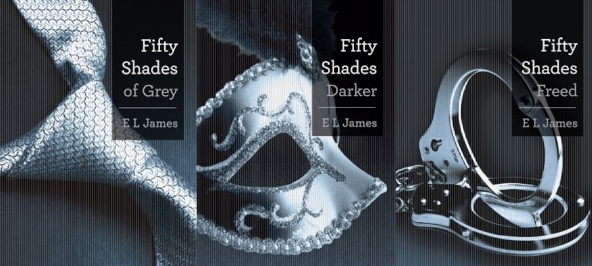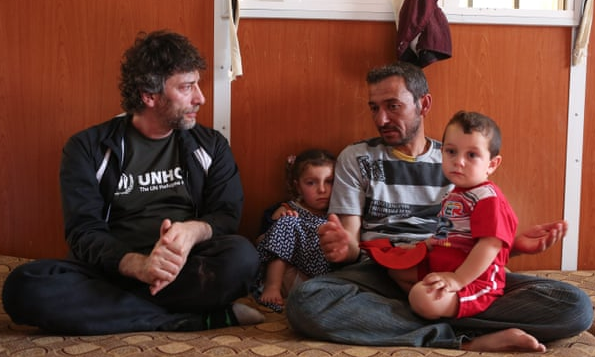E.L. James’s irresistibly salacious novel Fifty Shades of Grey, which morphed from web-published fan fiction into a blockbuster book and movie franchise, is the bestselling book in the U.S. book market over the past decade, according to NPD BookScan… Support our news coverage by subscribing to our Kindle Nation Daily Digest. Joining is free right now!
Fifty Shades of Greys sold 15.2 million copies between 2010 and 2019.
In fact, NPD BookScan reports that the three volumes of E.L. James’s trilogy, Fifty Shades of Grey (2011), Fifty Shades Darker (2011), and Fifty Shades Free (2012), occupy the top three positions on the top-ten list of the decade’s bestselling books. Altogether the Fifty Shades trilogy has sold nearly 35 million copies in combined print and e-book editions over the past decade.
Other titles on the decade’s top-ten list include Suzanne Collins’s 2008 novel The Hunger Games at #4 (8.7 million copies sold), and at #5 Kathryn Sockett’s 2009 novel The Help (8.7 million).
NPD reports that over the past decade 6.5 billion print books were sold in comparison to 1.8 billion e-books. And the report cites the continuing growth in the popularity of audiobooks, and notes that mobile devices like smartphones and tablets have transformed how people consume books.
The report also said that while fiction represented 80% of the top selling titles in 2010, over the second half of the decade nonfiction reading—including cookbooks, self-help, and politics—had grown significantly, and the fiction share of the top-ten bestsellers had dropped to 32% in 2019. The report also cites the growth in popularity of shorter books, including poetry and self-help titles.
See full post on Publishers Weekly

